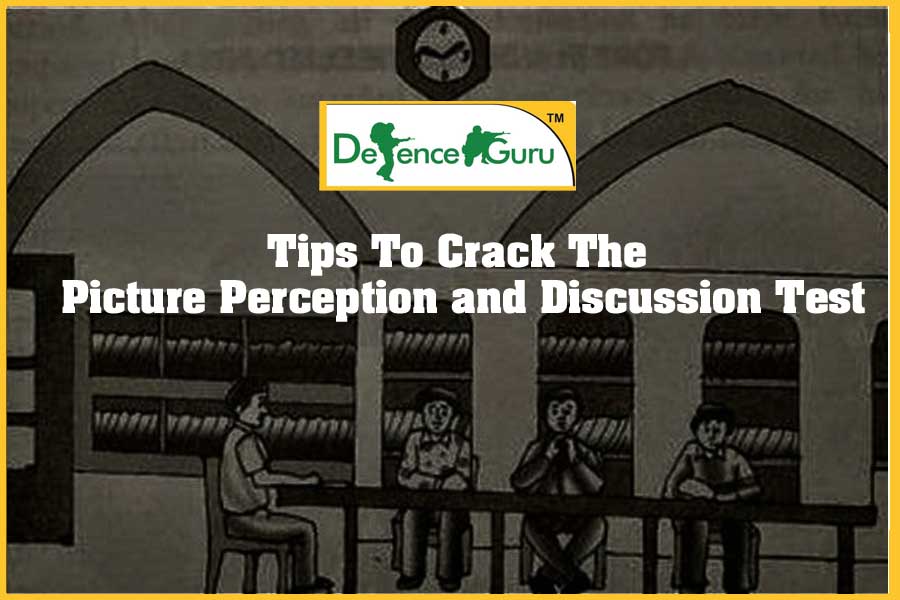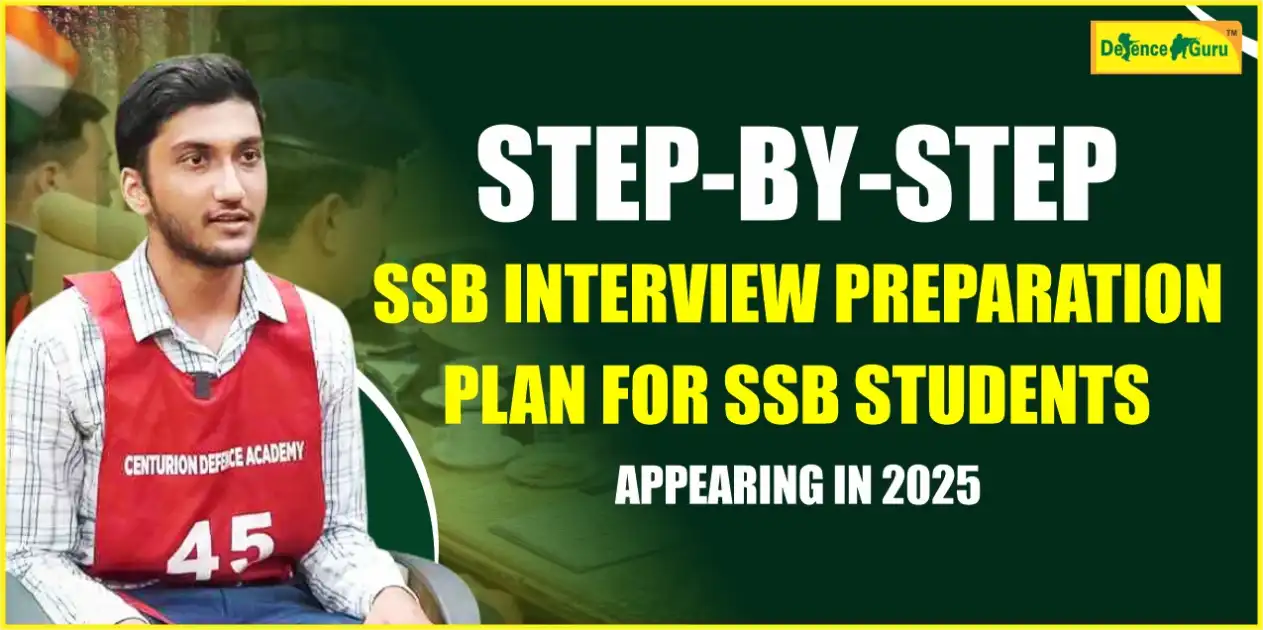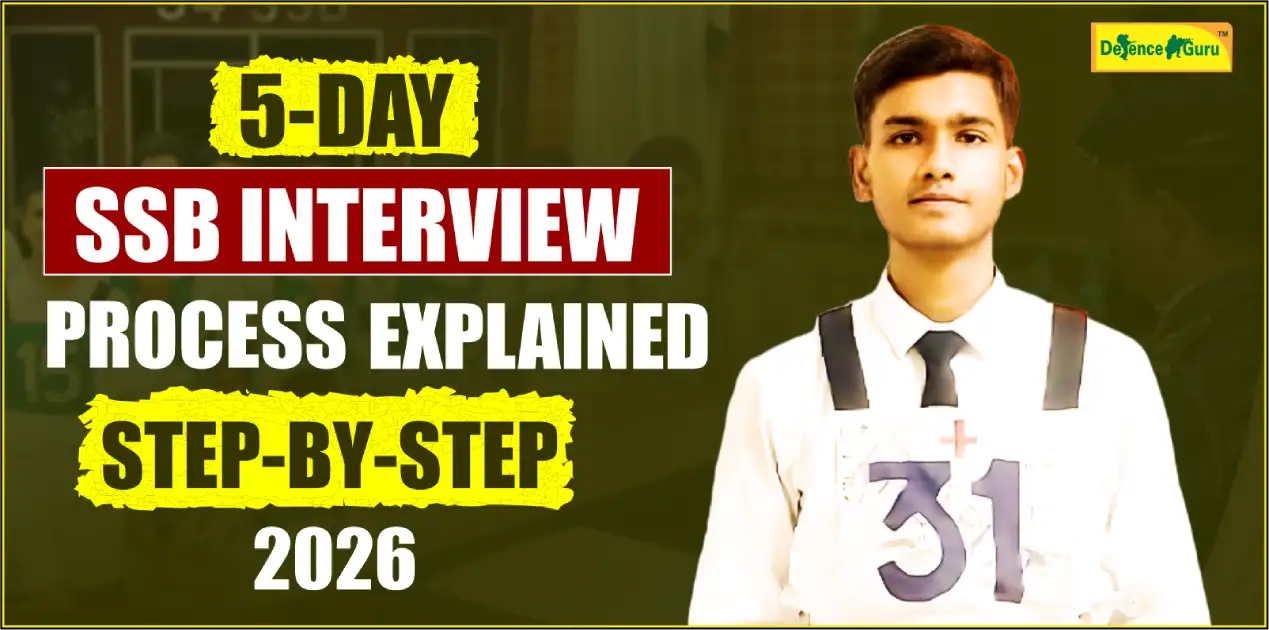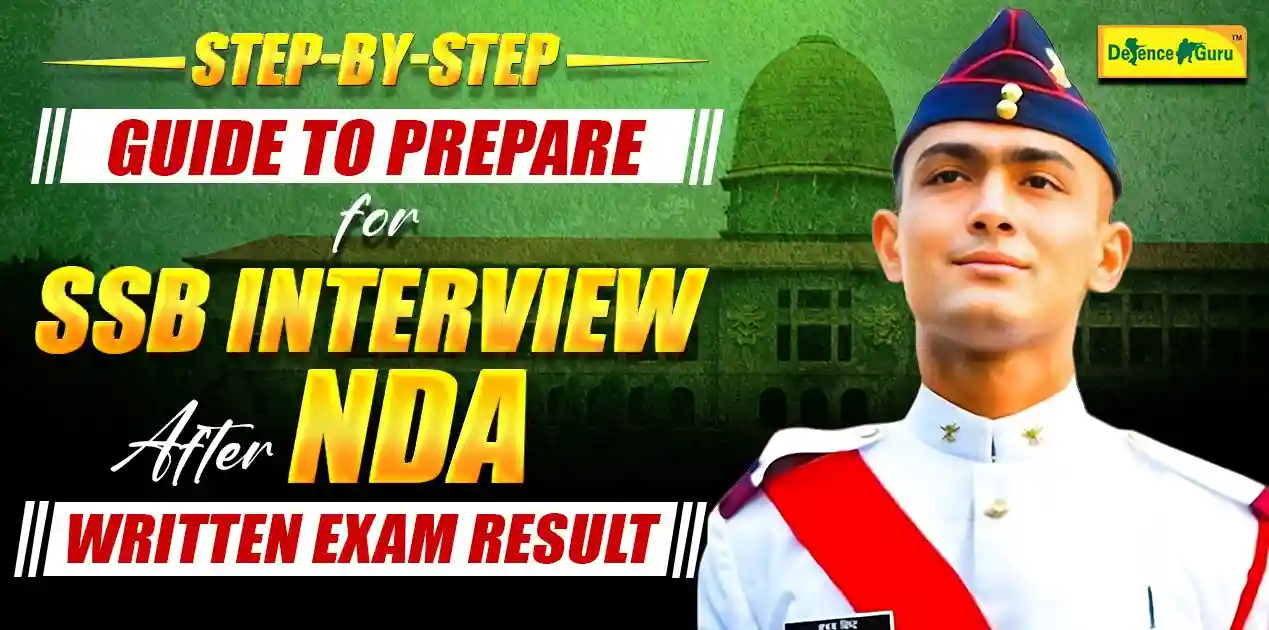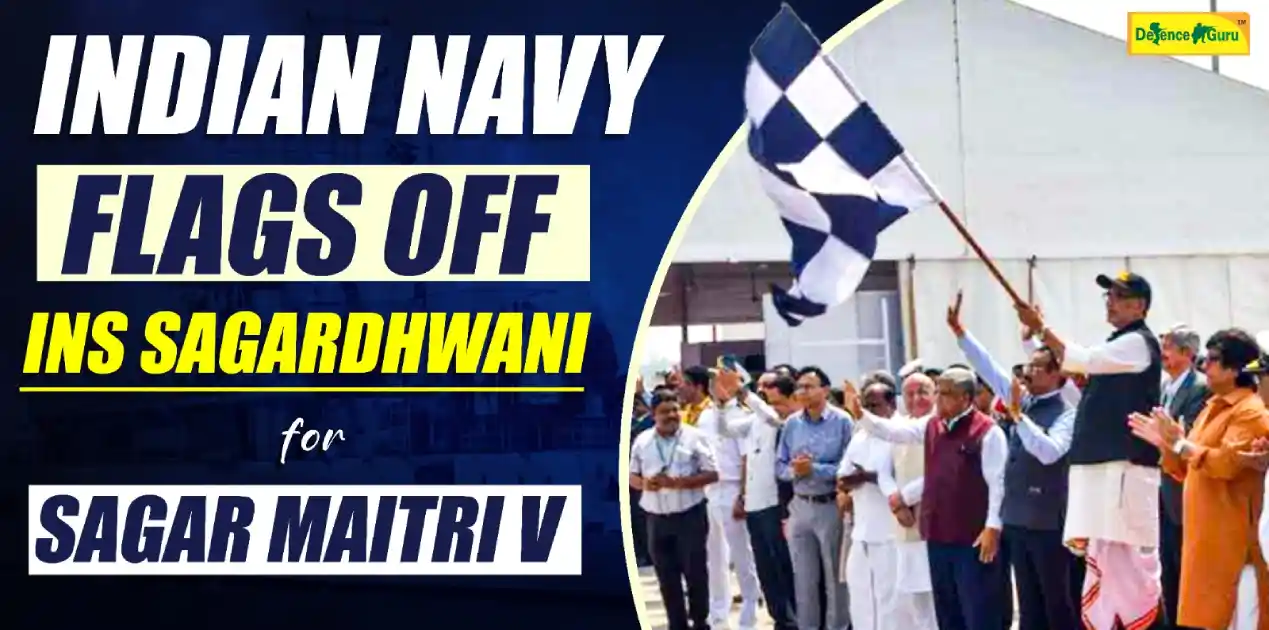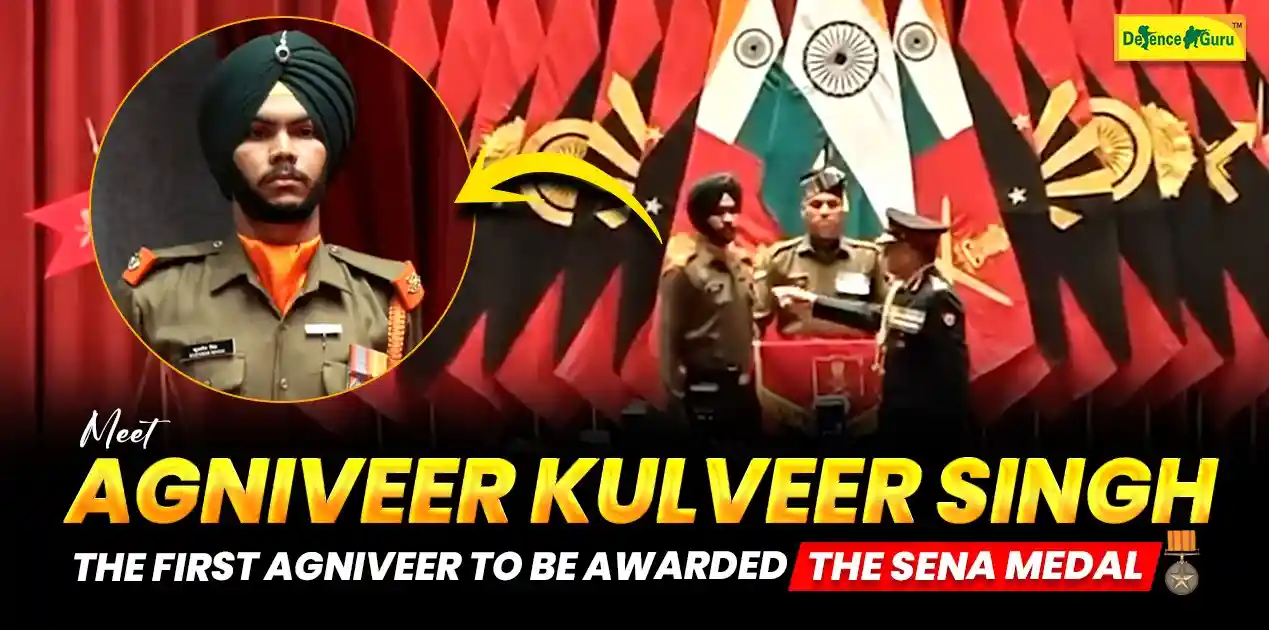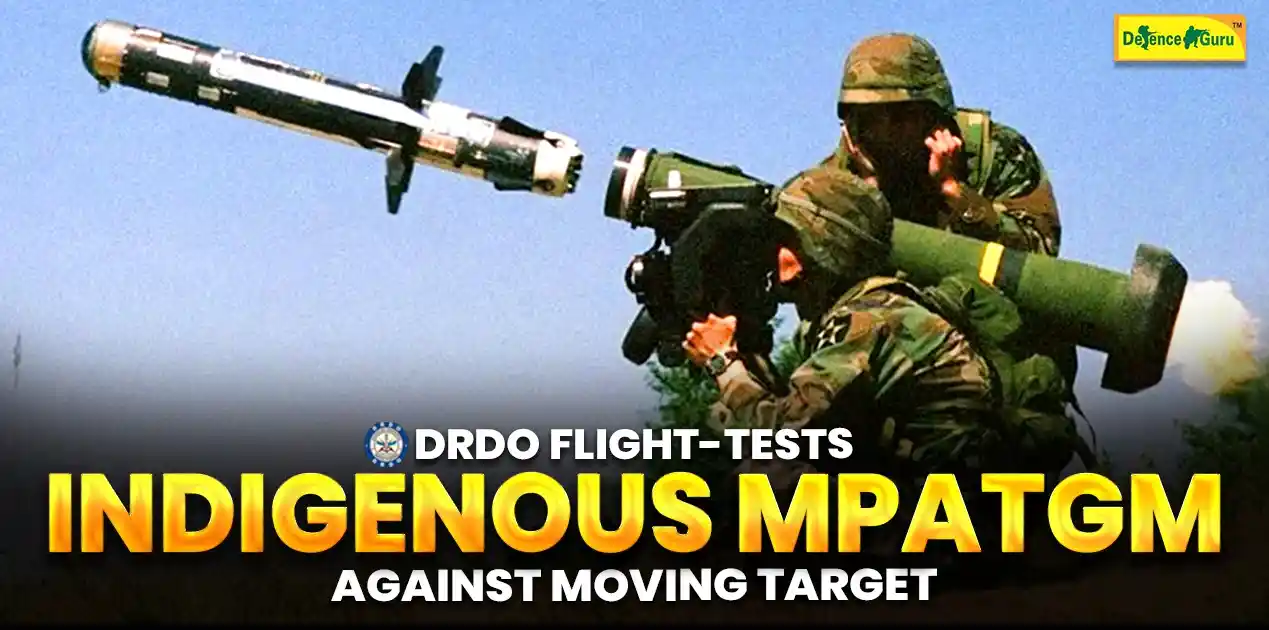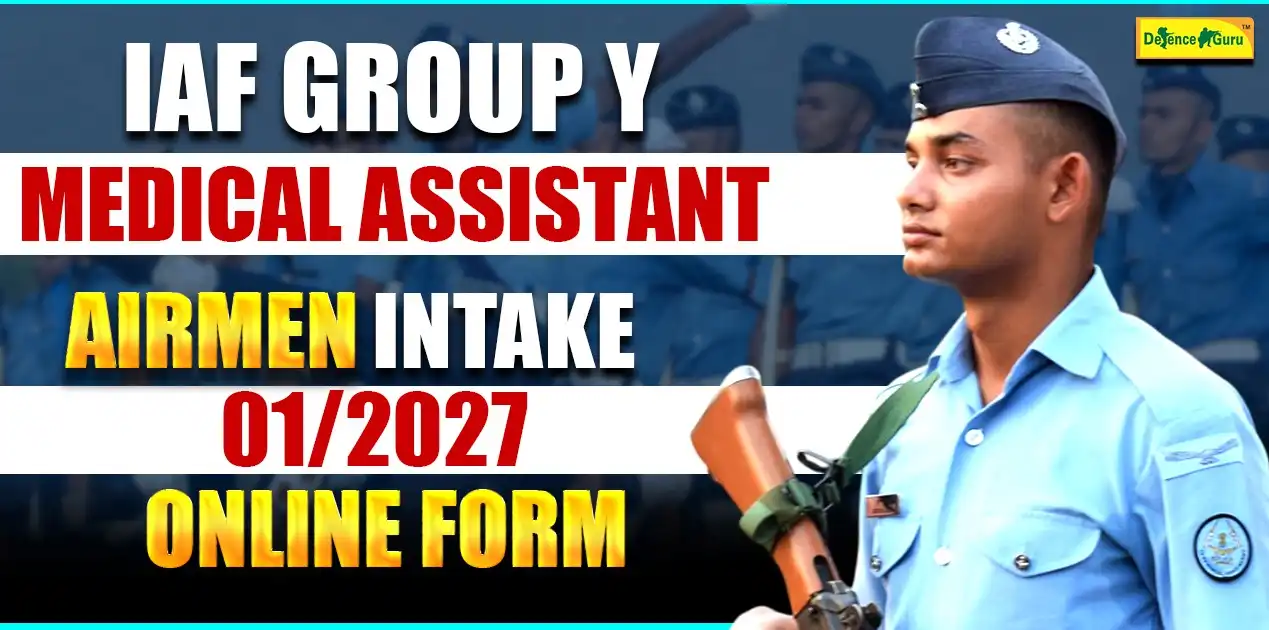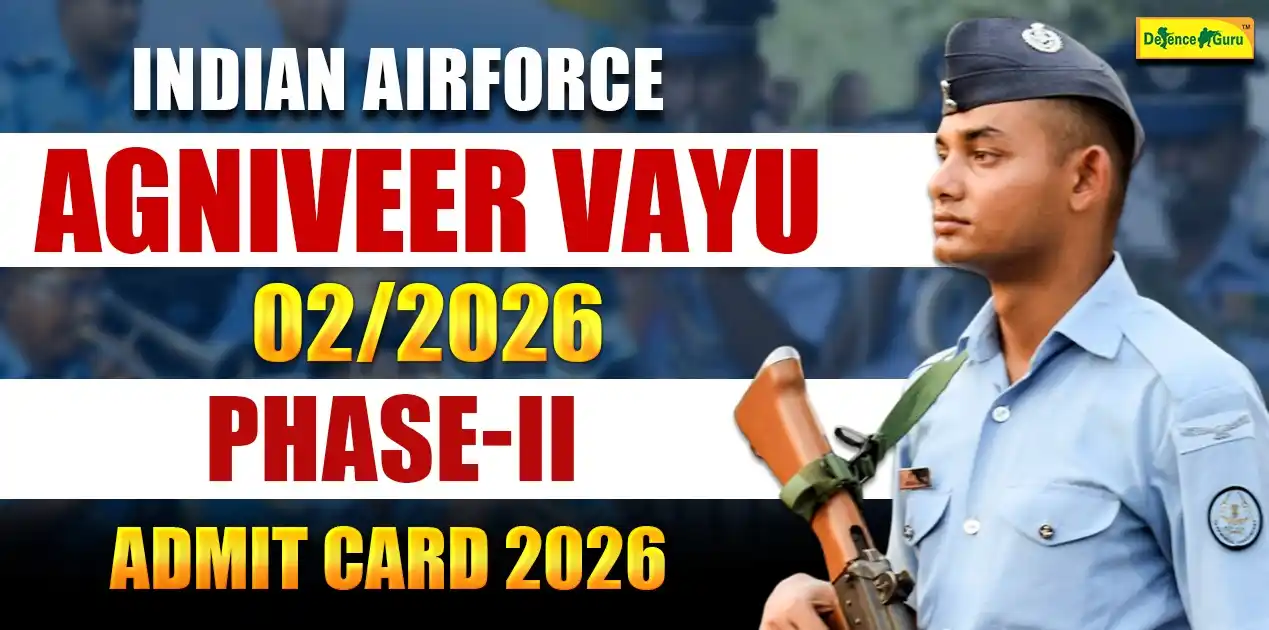Tips To Crack The Picture Perception and Discussion Test - PPDT Story
Here Defence Guru discussion about SSB PPDT / TAT. We give you Tips To Crack The Picture Perception and Discussion Test ( PPDT / TAT) in SSB Interview. PPDT and TAT are two different tests where candidates need to write a story based on the picture shown to them.
Improve your PPDT/TAT story:
Chose to write in very simple words as they aren't checking your vocabulary and writing skills.
Please don't go with a fixed story in mind and try to adjust that preconceived theme in the story but write a fresh story as per the picture. You should try to select the theme that may have some resemblance with your life. For example if you are still a college student and you get a picture in which two people are sitting and discussing something, you can opt for the theme that they are college students discuusing about organising a cultural fest.
Also, when you write a story try to give a positive ending and always write realistic things which you would do in your life. Describe the characteristics of the character properly. You should write the name, his/her age and the city/college he/she belongs to.
Please narrate your story with confidence, don't contribute to the “fish market†during discussion of the picture and practice some basic reasoning questions and you will definitely sail through Screening process.
How to Observe the picture when it is shown to you:
First look at the background, see the setting of the story, e.g. rural/urban, market place/ building, etc, then closely observe the foreground and see how many characters are there, what are they holding/doing and what kind of work is going on. Then ask yourself who I am amongst them, and what am I doing there. Relate closely to the main character chosen by you and give him or her, a name.
You may not be able to write more than about 08 lines in the stipulated four minutes, out of which, write about 02 lines for what could have led to this scene, write about 04 lines on what is presently going on in the scene that you have perceived and write about 02 lines to say what was a logical outcome of the scene.
Write the story in past tense and make sure you write a positive, constructive and mature store. The assessor will observe your mental level, general awareness and how you relate to the environment around you. The views conveyed by you in the story would reflect your social attitude and responsibilities that you feel you have towards the others in the society.
Make sure that the main character chosen by you is empowered eg, improving the standards of a railway station may be done by one of the following; stn master, social activist, NSS students, leader of station vendors’ association, workers/ coolie's union leader, etc.
Secondly, do not unnecessarily for see a problem when it is not shown in the picture, eg. scene of marketplace, do not see an accident, bomb blast, chain snatching, etc if it is not shown, as it will show a pessimistic bent of mind.
Thirdly, unless you know the job of the main character you cannot justify the action done by him, eg, if you have no clue of the work of a nuclear scientist, do not make your main character as a nuclear scientist.
Do not write a wishful story, eg, rags to riches, etc. Your story should depict a positive frame of mind, the main character should be an achiever, who feels and does things for others in the society and do not preferably write an individualistic story.
Never forget to write an outcome of the story, in which do not depict the main character being overly reward seeking person. A simple pat on the back or satisfaction of doing the job that he did is good enough.
just wrote a normal story explaining what could have happened in the past, what is going on right now and what would be the possible outcome.
Tips for writing the PPDT Story:
- Always make sure to frame a positive story line
- Make it realistic because anything that sounds impractical would just be very ingenuous. Avoid writing stories that include superhero or other such unrealistic characters. Also avoid typical climax such as reward-winning or too much appreciation.
- For better perspective, imagine yourself in that picture or situation and then frame your story
- Try to write in past tense. If pictures are naturally shown happy don’t try to forcefully incorporate a problem or negative situation. This shows your pessimistic feature.
- Use character names wisely that are familiar to you for better remembrance. Do not use commonly used names, try something creative.
- Do not imagine the job of your main character by yourself such as him/her being a farmer or a social activist. Only mention it when it is clear in the picture.
- Try to include points such as what led to the current situation, what is the present condition and what your character does to overcome the problem (if any).
- Try to inculcate some attention-grabbing twist and turns in your story that might be interesting to hear.
- Make sure that the story sticks to the core of the picture provided. Do not write or repeat anything that is very commonly known or written earlier.
- Always try to write a story where your Main character takes quick action rather than something that explains Future Plans.
- Provide happy ending.
Tips for Individual Narration:
Discussion test comprises of two sessions, viz. Individual Narration and Group Discussion. Generally, you are divided in a group of 12-14 candidates and are told to form a semicircular arrangement.
You will get time to read the story once again to yourself. Make sure you read it without any hindrance. This will prevent you from stammering or stuttering in front of GTO or other examiners.
In Individual narration, you are given up to 1 minute to narrate your story. Here you are not supposed to look at your examiners.
- Sit straight with a right angle posture. Keep a nominal smile on your face
- Be clear and loud when you are narrating your story.
- Always be confident about your own story, because if you are not really convinced yourself, the examiners might also not be too impressed.
- If you ever get stuck at a point while narrating, do not lose hope and always get back on track as quickly as possible
- When others are narrating their stories, make sure to listen to them intensely
- Do not take too much time in the narration, rather make it your aim to convey the real message behind your story
Group discussions might get very tensed and debatable when aspirants start to shout loudly just to prove their point.
- Try to initiate the discussion. If not, at least try early to put up your point. Avoid being the last one to talk.
- Make sure to maintain eye contact with your fellow SSB aspirants.
- Don’t forget the fact that you are just there to frame a story along with the help of others. So always state some points during discussion to weave a common story. State convincing points rather than bringing up something odd. Because, other candidates might not oppose you if the point you brought up is in accordance with the given picture.
- Don’t try to narrate the whole story by yourself. Remember others are also there to put up their points.
- If you see that the group discussion has turned too aggressive, try not to remain silent as you might lose your chance. Rather convince other candidates to calm down and encourage them to frame a good story together.

